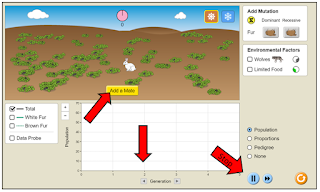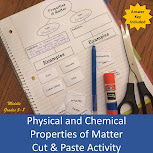Last year felt like my 1st year teaching. I had no idea what to expect next, masks,
shields, no "hands on" activities, quarantine . . .
Our school district never stopped in-person learning but we also had remote learners on Zoom at the same time. I felt like I could never walk away from my computer.
This year may feel
like another 1st year – but I’m ready! I am excited that we'll all be together and can do labs again!
Here are the Top 5 Things To-Do on my Planning Day(s) List:
1. Classroom Set-up
- Boards (Safety, Learning Goals)
 |
| Students make their own symbol (click to see examples) |
| I can see from the picture I need to work on alignment :( |
I'm trying something new this year. I'm going to introduce the "word wall" by lesson instead of making 1 board with all the unit words. I'm going to rearrange the board with the specific learning goals in the center and the matching vocabulary around the edges.
- Supplies - We can share supplies again (still using hand sanitizer!) Check out the link for my favorite "tap" glue.
2. Seating Charts
- I never sit at my desk, I just walk around so this loop works for me. I add student names and delete extra seats.
- I make the syllabus into a 3 fold "brochure" with fill in the blanks so it's interactive. We complete it together on the 1st day.
4. Meet the Teacher/Orientation
- I'm going "hands free" this year. I made signs that parents/students can take a picture of. I'll also have a slideshow playing on repeat with the basic information.
- Safety
- Textbook Scavenger Hunt
- Measurement - I like Sarah Carter's (Math Equals Love)Mini Metric Olympics adaptation of AIM's activity.
My husband always tells me to make a list (and go back and check it). He knows me - I get distracted when I see school supplies.
At least with a list I'll get a good start . . .
Hope your planning days go just the way you planned. Good Luck!

















































